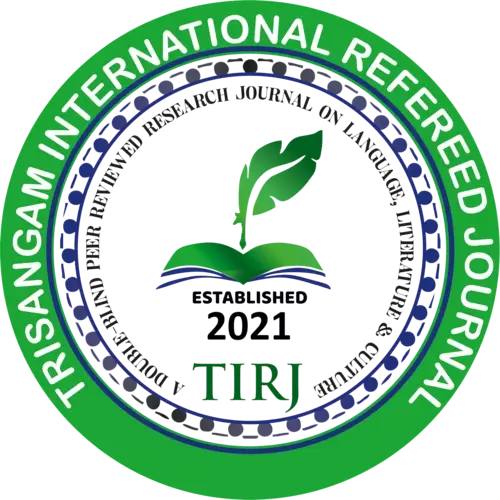Published Paper Details:
MANNANTAR O BANGLA SAHITTYA : KOYEKTI PARJALOCHANA.
JOYEE PAUL
Bengal Famine, Anandamath, Bankimchandra, Causes of Famine, Abu Ishak, Surja Dighol Bari, Deshvag, Bengali Middle Class, Poverty.
Two things become clear from the title of the article. One, Manwantar or famine, two, some context of that in Bengali literature. Why is there a famine? In general we say famine means death of thousands of people without food. Because, there was not enough food stock. But Amartya Sen, in his book 'Poverty and Famines', has pointed out the gaps and loopholes in this argument. There he clearly says that stocking of food does not mean ownership of food or right to use it. Many times during the British era, the people of India had to face famine because of this lack of rights. But people may not have to be victims of such misery anywhere else like Bengal. The first of these deadly famines occurred in 1770. It was foreshadowed from 1769 and for the next three years till 1773 this famine devastated the people of Bengal. There is a vivid picture of this massacre in the beginning of Bankimchandra's novel 'Anandmath'. Exactly the same thing happened in the 19th century in the British Empire in a country other than India. Ireland is a country suffering from severe famine and depopulation. There are discussions of the situation in Ireland in Marx's Capital Volumes I and III and in a few scattered works. In the two colonies of the English in a gap of about seventy years, the famine in which the people were losing hope of life, the British used that famine to increase the amount of their profits. After a gap of about 173 years, the people of Bengal were gifted another nightmare. In 1943 i.e. 1350 Bengal, the procession of nameless and identityless corpses on the streets. Caricatures of people, not people, were busy looking for ways to satisfy their hunger. The dead bodies lying on the road became a normal phenomenon in everyone's eyes. Alm-houses were opened in urban areas, but they were very few compared to the starving population. Cholera was running parallel with it. This image is not only of the fifties. The picture of the famine of 1770 in Bankimchandra’s ‘Anandamath’ was not very different. That picture of 1950 famine is featured in Vibhutibhushan Banerjee's novel 'Ashni Sanket' and in many writings of different writers. In addition, Is there no poem or story that have the shadow of these proverty and hunger? Observations about the causes of famines and how the image of society during the two famines was captured in literature, how that literature became a document of history are the primary points of our article.
Journal : TRISANGAM INTERNATIONAL REFEREED JOURNAL
Paper ID : tirj/ October 22/article-37
Page No : 305-312
Published In :Volume 2, Issue 4
DOI (Digital Object Identifier) :
E ISSN : 2583-0848


 .
.